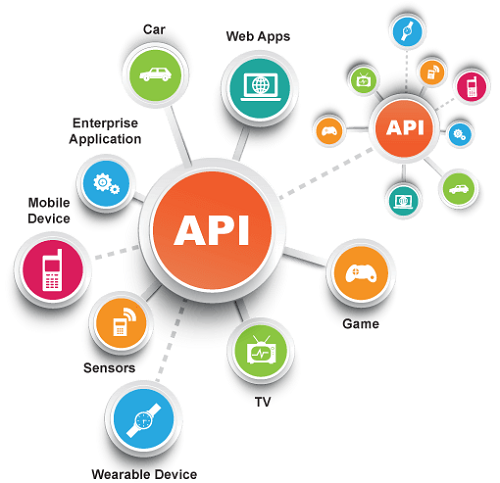A lot has been going on in the industry and at Oracle, and the pace is only getting faster! The Oracle Cloud Platform has evolved to a point that is so vastly different, deeper and differentiated (how’s that for alliteration) that someone, who has not been consistently watching, would be shocked to see how things look now. Like Rip Van Winkle waking up to a different world, you’d be surprised at what has changed and wonder how these changes passed you by. The problem is that the rate of change is now so fast that, if you are not carefully watching on a monthly basis, you could feel “Rip Van Winkled” after just a few short months. It can happen that fast!

Recently, Oracle has announced some really amazing new capabilities such as the Autonomous Database, Blockchain, support for Robotic Process Automation, and the new Serverless platform–Fn (see this great blog for more information: here).
Here are just some of the capabilities that one should really have their eye on as sweeping architecture trends. Each of them hold tremendous promise to help you drive differentiation and innovation in your company or agency.
- Artificial Intelligence/Machine learning
- Robotic Process Automation (RPA)
- Serverless computing
- Microservices
- Blockchain
- *Unifying related cloud services into cloud platforms
The 6th point in that list is very important from a strategic standpoint. Oracle just released 2 major new services (DIPC and OIC). If you don’t have your Oracle Acronym Decoder Ring© available, those stand for the Data Integration Platform Cloud and the Oracle Integration Cloud, respectively. What is important about these service, at the highest level, is that they both take what were delivered as stand-alone cloud services, and combines them into 2 integrated platforms where you don’t spend time worrying about which tool to use, you simply start with what you want to do.
In the past, you would say “Oh, I need to build an integration to SalesForce, guess I’d better use ICS.” Likewise you might say, “I need to create a better, and automated, Employee on-boarding process, guess I should use PCS.” Or you might say “I need to create a real-time data replication link between my on-prem database and a Cloud instance for reporting, guess I need Golden Gate.” We have all been there, that is how we solved problems in the past.
f(x) = y; I need to do this (x), so I use that (y).
Now you change your focus drastically away from a tool-focus to a focus on creating business value. Because both new platforms (OIC and DIPC) abstract away many of the details (such as selecting and deploying a new Cloud Service), you get immediate results and value from your efforts. That means you have more time to do what needs to be done — but also start thinking of new ways to innovate on top of that. “What if instead of simply automating this process, we also enhanced the data reporting so business could get real-time reporting on Employee data across our geographically separate subsidiaries from a centralized ‘source of truth’!”
As an example, here are some of the things you can do with OIC:

- SaaS and On-Premises Integration: Quickly connect to 1000s of SaaS or on-premises Applications seamlessly through 50+ native app adapters or technology adapters. Support for Service Orchestration and rich integration patterns for real-time and batch processing.
- Process Automation: Bring agility to your business with an easy, visual, low-code platform that simplifies day to day tasks by getting employees, customers, and partners the services they need to work anywhere, anytime, and on any device. Support for Dynamic Case Management
- Visual Application Design: Rapidly create and host engaging business applications with a visual development environment right from the comfort of your browser.
- Integration Insight: The Service gives you the information you need — out of the box, with powerful dashboards that require no coding, configuration, or modification. Get up and running fast with a solution that delivers deep insight into your business.
- Stream Analytics: Stream processing for anomaly detection, reacting to Fast Data. Super-scalable with Apache Spark and Kafka.
This platform/capabilities approach is a huge step forward for Enterprise Architects who look, in ever increasing amounts, to technology to be in direct of support business needs and can’t afford to be “Rip Van Winkled” by these recent trends wondering, “how did I miss this one?!?!”
For more information, take a look at:






